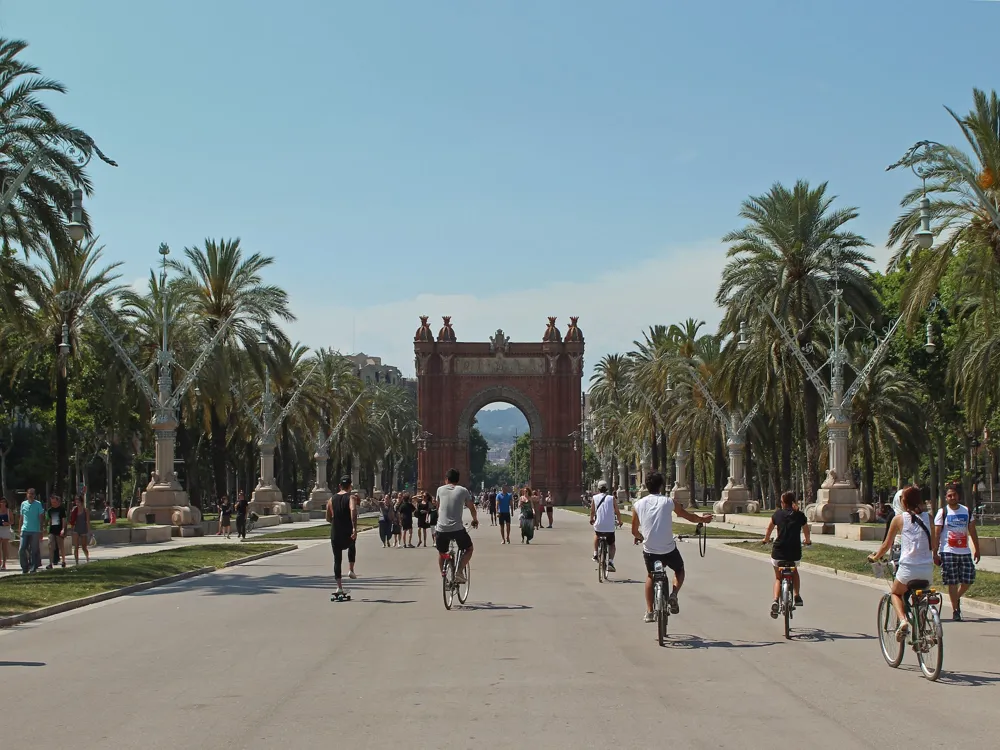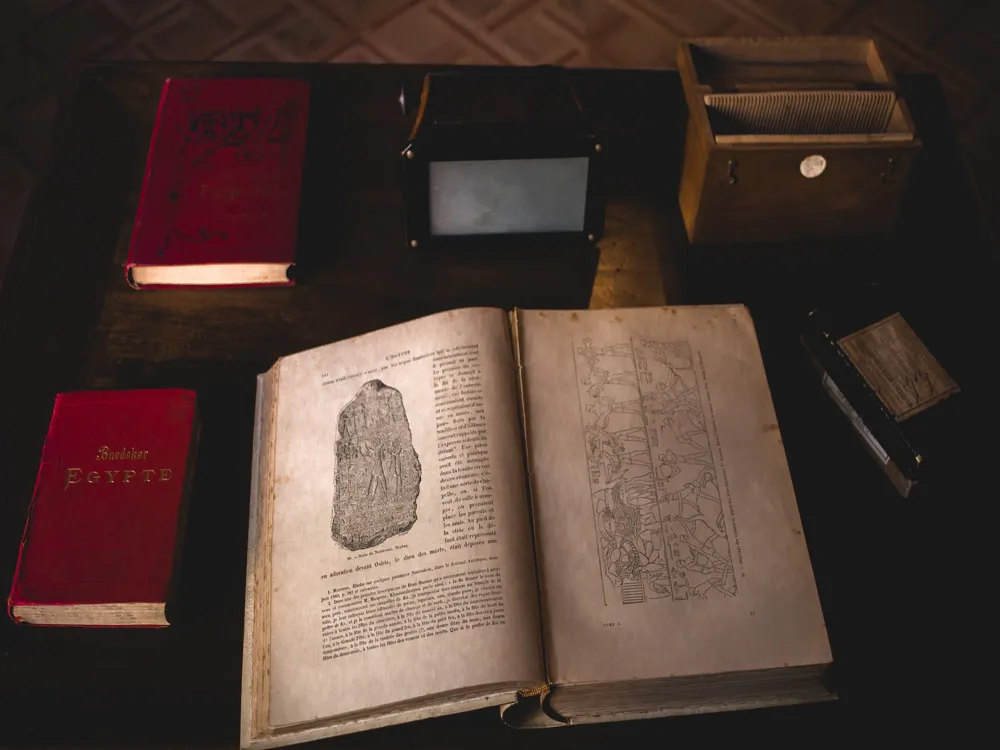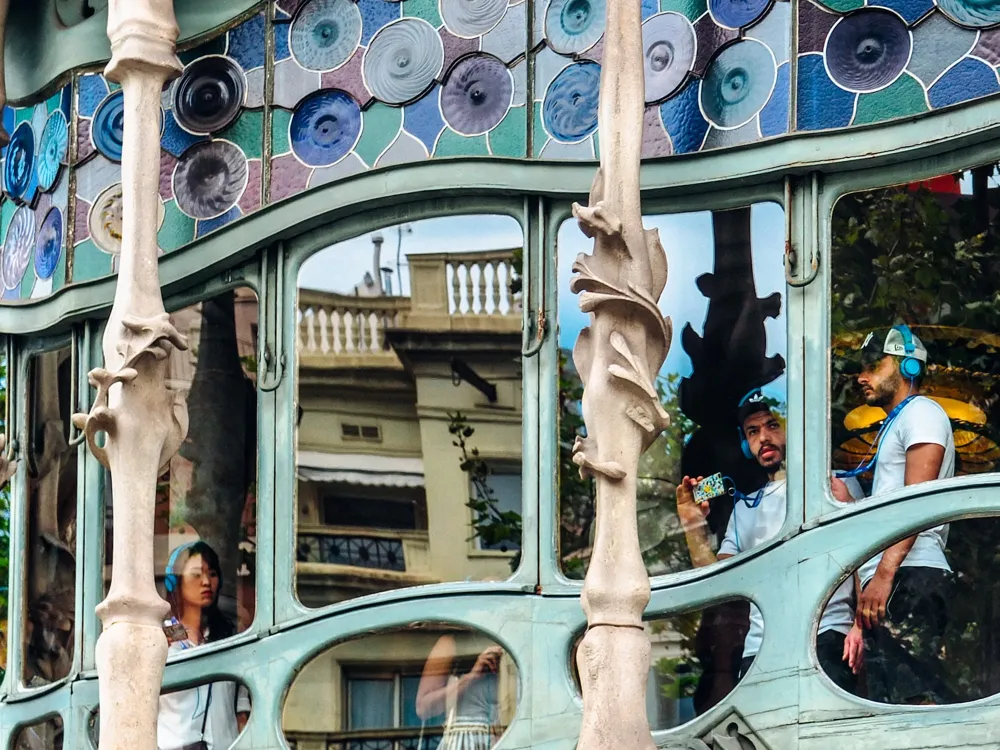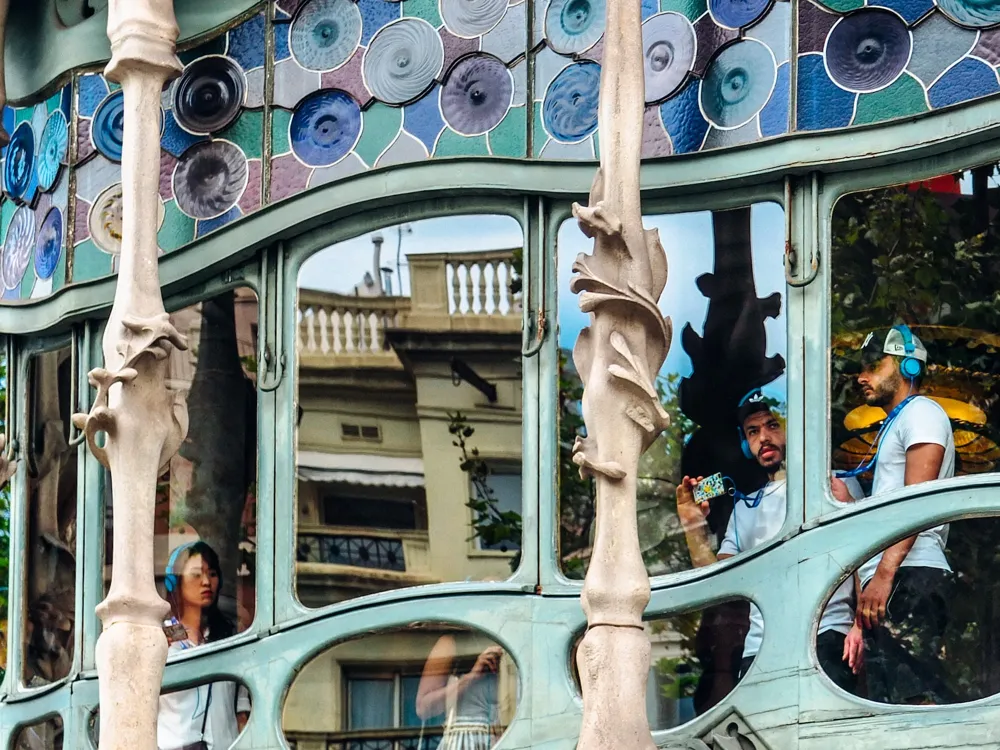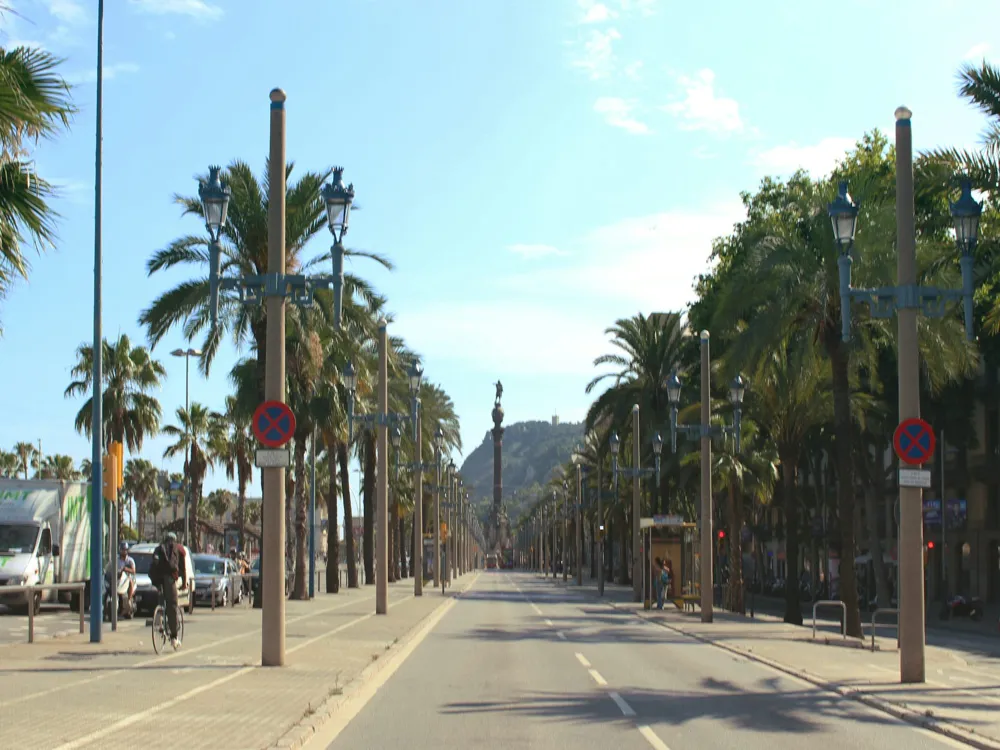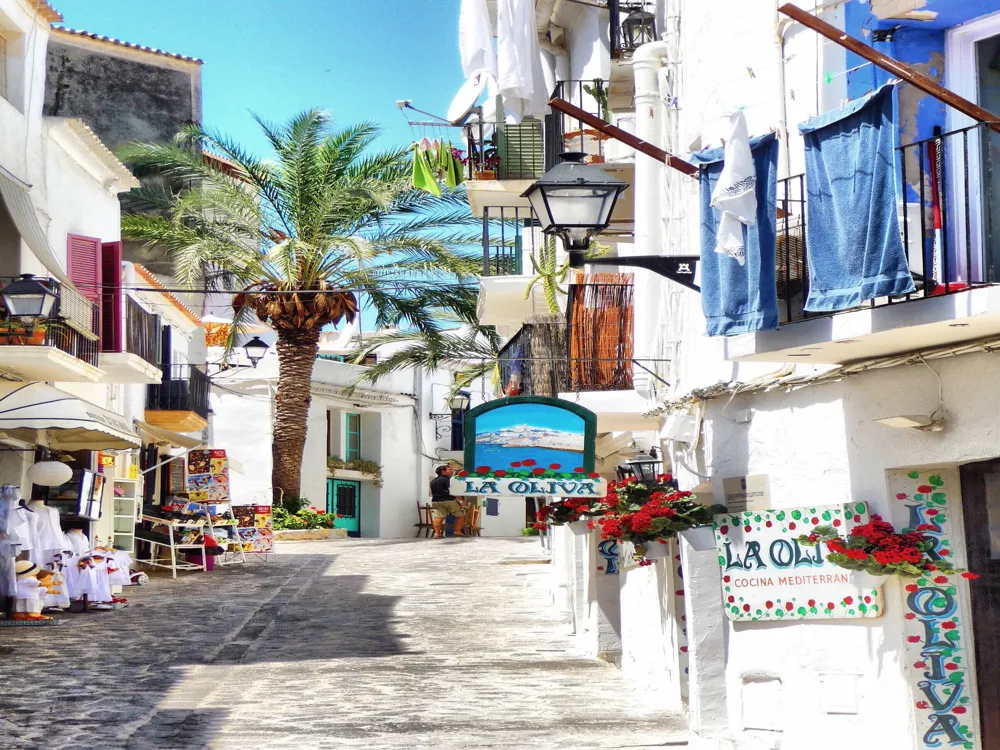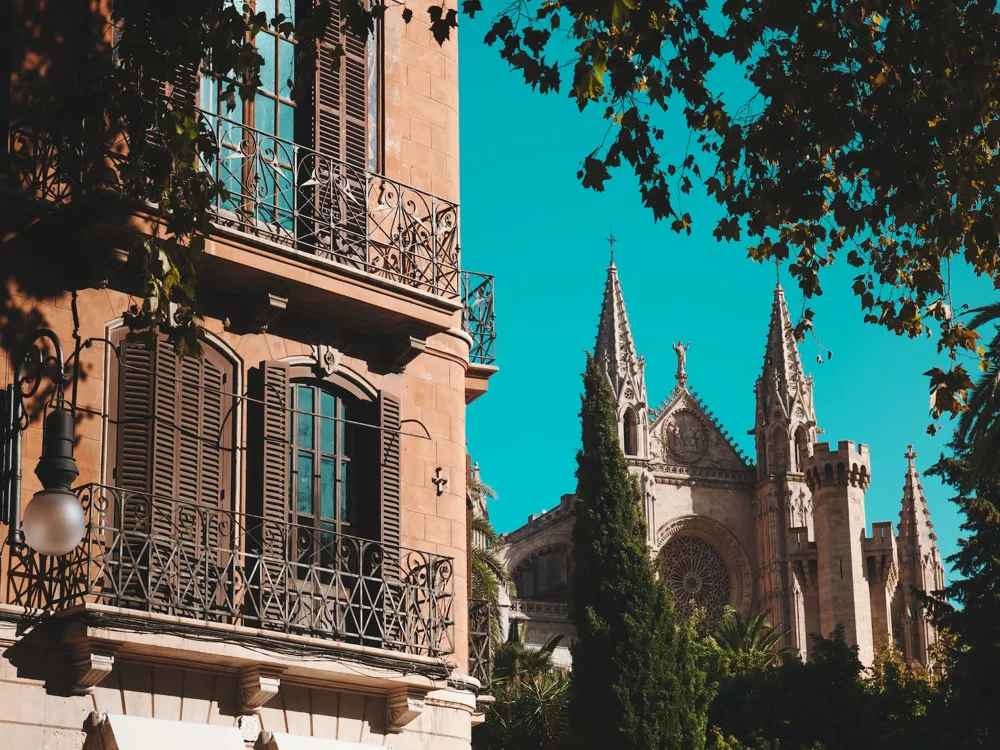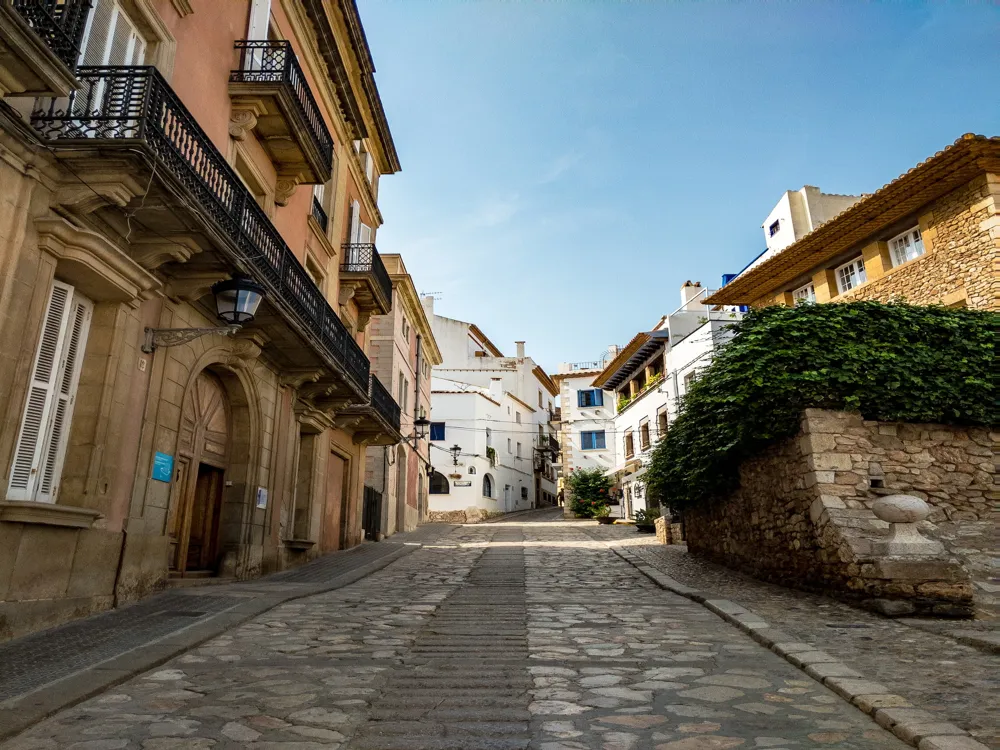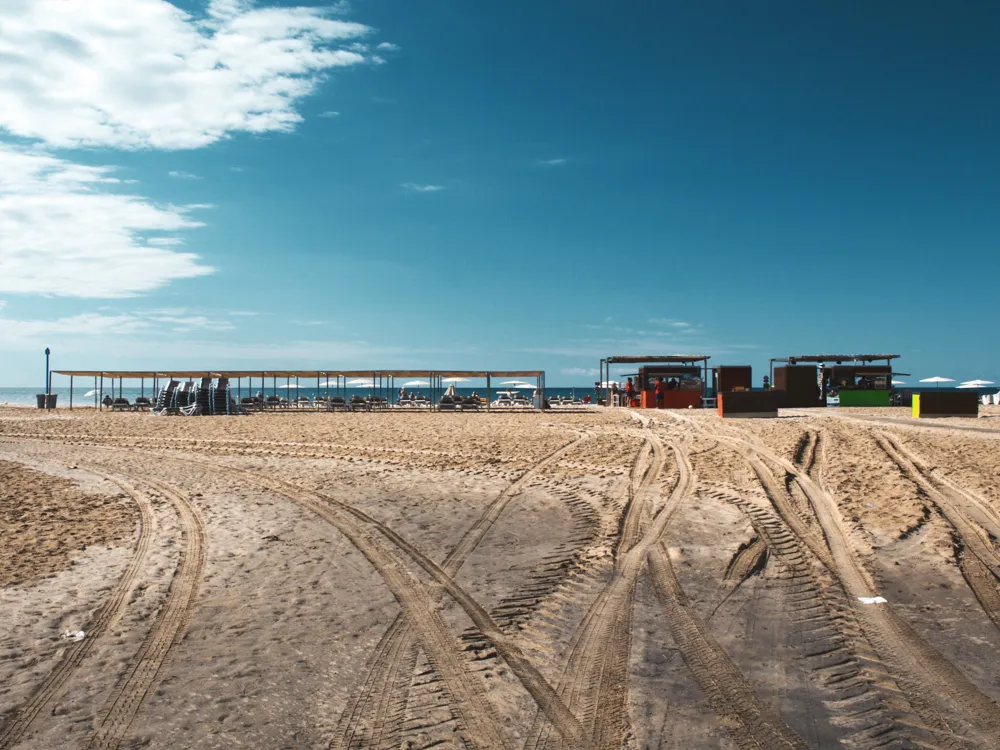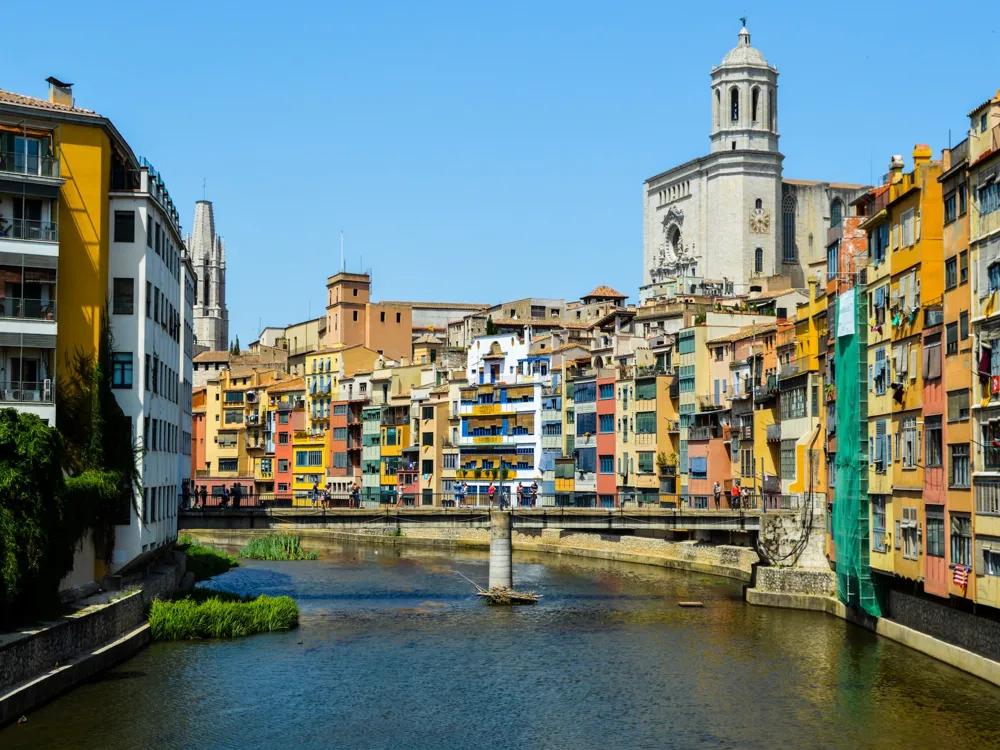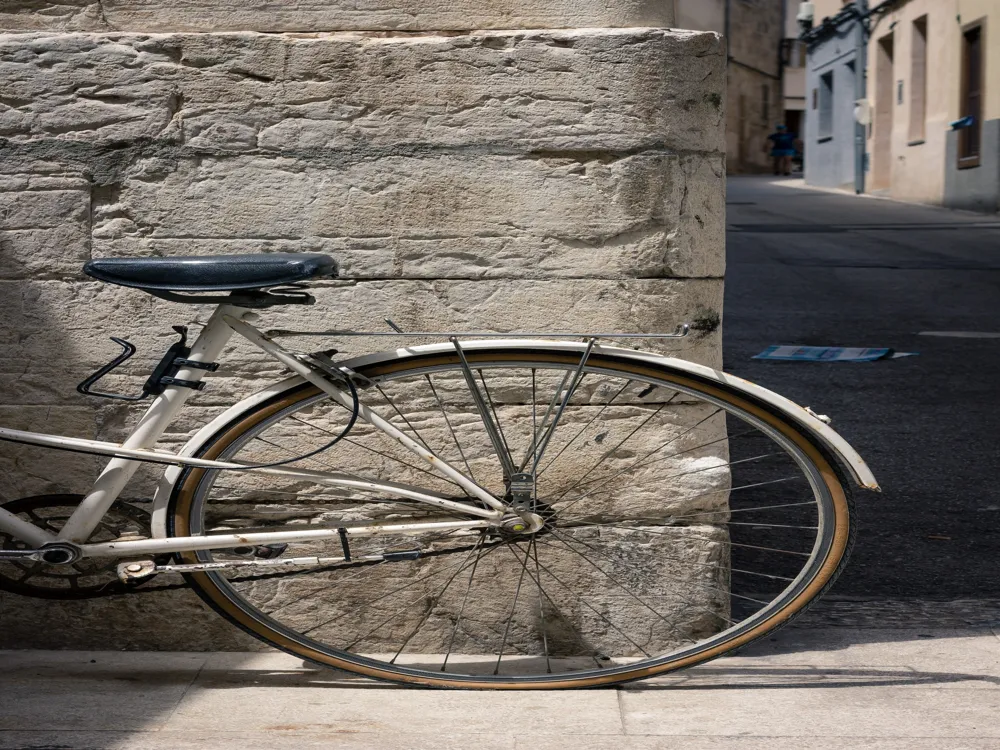Nestled in the heart of Barcelona, the Gaudi House Museum stands as a testament to the creative genius of Antoni Gaudi, a renowned Spanish architect whose work has mesmerized the world. Originally built as a show house for the Park Güell project, this museum was Gaudi's residence from 1906 to 1925. The Gaudi House Museum, now a historic home museum, offers a unique glimpse into the personal life and works of the architect. Visitors to the museum can explore a rich collection of Gaudi's works, including furniture, sketches, and other personal items. The house itself is an architectural marvel, showcasing Gaudi's signature style that blends Gothic and Art Nouveau forms. The museum also features a serene garden that reflects Gaudi's love for nature, a recurring theme in his works. The enchanting atmosphere of the museum, combined with its historical significance, makes it a must-visit destination for anyone interested in art, architecture, or history. The Gaudi House Museum not only celebrates the architectural brilliance of Antoni Gaudi but also serves as a cultural hub, offering various educational programs and exhibitions throughout the year. These programs aim to enlighten visitors about Gaudi's impact on modern architecture and his unique approach to design. Whether you are an architecture enthusiast, a history buff, or simply a curious traveler, the Gaudi House Museum promises an unforgettable experience, rich in artistic and cultural heritage. The Gaudi House Museum is a masterpiece of Modernism, the Catalan version of Art Nouveau, and is one of the finest examples of Antoni Gaudi's architectural ingenuity. The building's design is a harmonious blend of natural forms and geometric shapes, a hallmark of Gaudi's work. The museum's facade is adorned with intricate mosaics, whimsical shapes, and vibrant colors that capture the essence of Gaudi's imaginative style. Inside, the museum is equally impressive, with each room offering a different perspective on Gaudi's design philosophy. The furniture and decor, much of which was designed by Gaudi himself, are functional yet artistic, showcasing his ability to transform everyday objects into works of art. The use of light and space within the museum creates a magical ambiance, further accentuating the unique features of Gaudi's designs. One of the most striking features of the museum is its roof, which is characterized by undulating shapes and colorful tiles. This roof not only adds an aesthetic element to the building but also demonstrates Gaudi's innovative approach to structural design. The museum's garden, with its lush greenery and organic forms, perfectly complements the architectural style of the house, creating a tranquil oasis in the bustling city. Plan your visit during the early morning or late afternoon to avoid crowds and experience the museum in a more serene setting. Purchase tickets online in advance to secure your spot and potentially save on entrance fees. Consider taking a guided tour to gain deeper insights into Gaudi's life and works. Photography is allowed, but be mindful of using flash inside the museum to protect the exhibits. The museum is accessible to visitors with mobility issues, but some areas might be challenging to navigate. The Gaudi House Museum is located in Park Güell in Barcelona and is accessible by various modes of transportation. The easiest way to reach the museum is by using Barcelona's efficient public transport system. Visitors can take the Metro (Line 3) and get off at the Vallcarca or Lesseps stations, both of which are a short walk from the museum. Buses 24 and 92 also stop near the museum, making it convenient for those who prefer bus travel. For those driving, there is limited parking available near Park Güell. Alternatively, you can take a taxi or use ride-sharing services for a more direct route to the museum. Read MoreOverview of Gaudi House Museum in Barcelona
Architecture of Gaudi House Museum
Tips When Visiting Gaudi House Museum
Best Time to Visit
Tickets and Entry
Guided Tours
Photography
Accessibility
How To Reach Gaudi House Museum
Gaudi House Museum
Barcelona
₹ 35,693 onwards
View barcelona Packages
Weather :
Tags : Museum
Timings : October to March - 10:00 AM - 6:00 PM
April to September- 9:00 AM - 8:00 PM
On January 1st and 6th, December 25th and 26th - 10 AM to 2 PM
Time Required : 2 hours
Entry Fee : General Admissions: EUR 5.50
Retirees: EUR 4.50
Under 30 years old: EUR 4.50
Student card: EUR 4.50
Under 11 years old: Free
People with disabilities: Free
Companions:Free
Planning a Trip? Ask Your Question
Also Refered As:
Casa Museu Gaudi
Barcelona Travel Packages
View All Packages For Barcelona
Top Hotel Collections for Barcelona

Private Pool

Luxury Hotels

5-Star Hotels

Pet Friendly
Top Hotels Near Barcelona
Other Top Ranking Places In Barcelona
View All Places To Visit In barcelona
View barcelona Packages
Weather :
Tags : Museum
Timings : October to March - 10:00 AM - 6:00 PM
April to September- 9:00 AM - 8:00 PM
On January 1st and 6th, December 25th and 26th - 10 AM to 2 PM
Time Required : 2 hours
Entry Fee : General Admissions: EUR 5.50
Retirees: EUR 4.50
Under 30 years old: EUR 4.50
Student card: EUR 4.50
Under 11 years old: Free
People with disabilities: Free
Companions:Free
Planning a Trip? Ask Your Question
Also Refered As:
Casa Museu Gaudi
Barcelona Travel Packages
View All Packages For Barcelona
Top Hotel Collections for Barcelona

Private Pool

Luxury Hotels

5-Star Hotels

Pet Friendly







